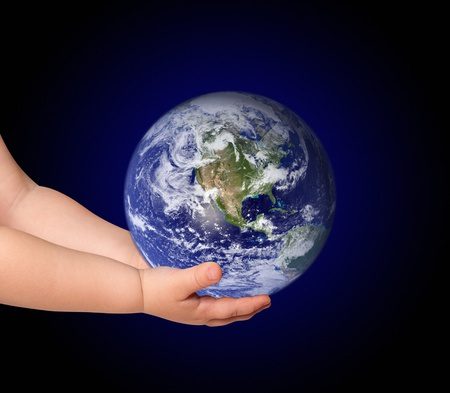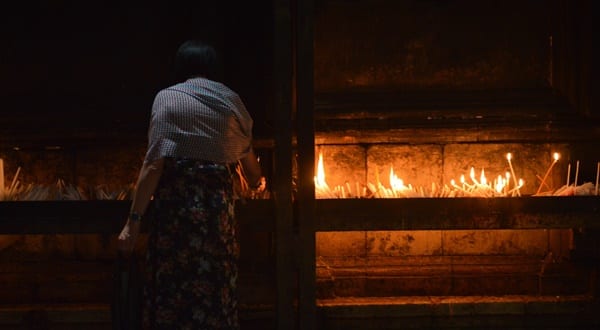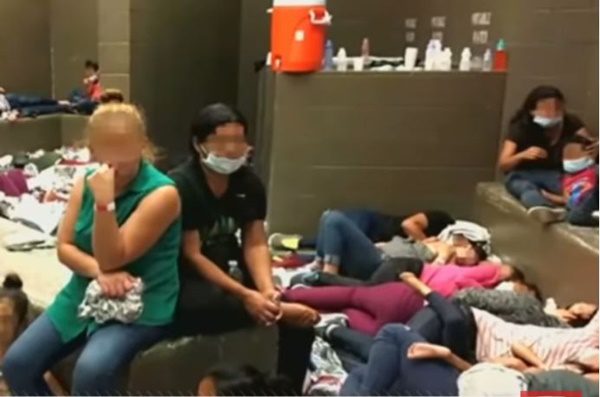
My grandpa was a Pennsylvania coal miner and a union man. He overflowed with gratitude for the unions that won miners shorter workdays, higher wages, and safer conditions. None of which could save him from black lung disease, which took his life before he turned seventy. But thanks to the unions, his widow, my grandmother, collected black lung payments from the government until her death.
My grandmother told of what it was like when company owners treated the workers as expendable and exploitable. When a man died in the mines, she told me, the body was delivered home in a wagon and deposited without comment at the front door. It was up to the family to clean the soot and grime off their dead father and husband, bear the cost of burial, and face the future without their primary wage earner.
Each May 1 we celebrate International Worker’s Day. It gives us occasion to reflect on these gains for worker rights and give thanks for those who fought to achieve them. An important outcome of the labor movement was legal protection for children. This represented a revolution in society’s approach to childhood itself as it became clear that children were not miniature adults who could be exploited for their small size and agility in adult workplaces.
What we have yet to grasp is that children have a work of their own, something that no adult can do for them. The revolutionary educator, Dr. Maria Montessori, recognized this in her work among the poor laborers in Rome. Treating diseases of the body as Italy’s first female medical doctor, Montessori was a pioneer in the women’s labor movement of the 1890s. When trying to explain her discovery about the work of children, she referred to the popular labor movements of her day, saying that:
the laborer… is seen as a producer of wealth and well-being, an essential partner in the great work of civilized living… [the child], too, is a toiler, and the aim of his work is to make a human being.
What she wanted the world to understand is that the child has “a kind of psychic life totally different from that of adults… the child has a mind to absorb knowledge. He has the power to teach himself.” Montessori was reduced to mystical awe in the presence of the power of the child’s mind to create a human being perfectly suited to his time and place of birth from the raw materials of his environment. Adults move through the world gathering impressions, some of which form memories, others of which pass by unnoticed. Not so with the child.
Instead, the child undergoes a transformation. Impressions do not merely enter his mind; they form it. They incarnate themselves in him.
Montessori felt that a child free to go about this work of inner formation would be joyful and calm, happy in his work – what we too glibly call “play”. This easy contentment with the work (or play) of one’s hands was, she believed, humanity’s natural state. Anger and conflict, materialism and spiritual impoverishment were unnatural conditions, the result of preventing children from doing the work they were born to do.
Montessori was also a peace activist. She was nominated three times for the Nobel Peace Prize for her pioneering work in peacemaking through education. She believed that one thing remained for the world to achieve the global peace we all claim to want, and that was to dedicate ourselves to the service of children. If she were alive today, I believe she would tell us to stop arguing about the causes of violence, war, racism, poverty or oppression. She’d say that the solution is already known and it is for society to seek first the well-being of the child. All other problems will resolve themselves as we work toward that goal. She sought another workers’ revolution, this time on behalf of the work of the child.
“I think of this as the final revolution; not a revolution of violence, still less of bloodshed, but one from which violence is wholly excluded – for the little child’s psychic productivity is stricken to death by the barest shadow of violence.”
From Baltimore to Iraq, children around the world are cowering beneath the shadow of violence. Peace will never be possible until children the world over are free to work in the light.











